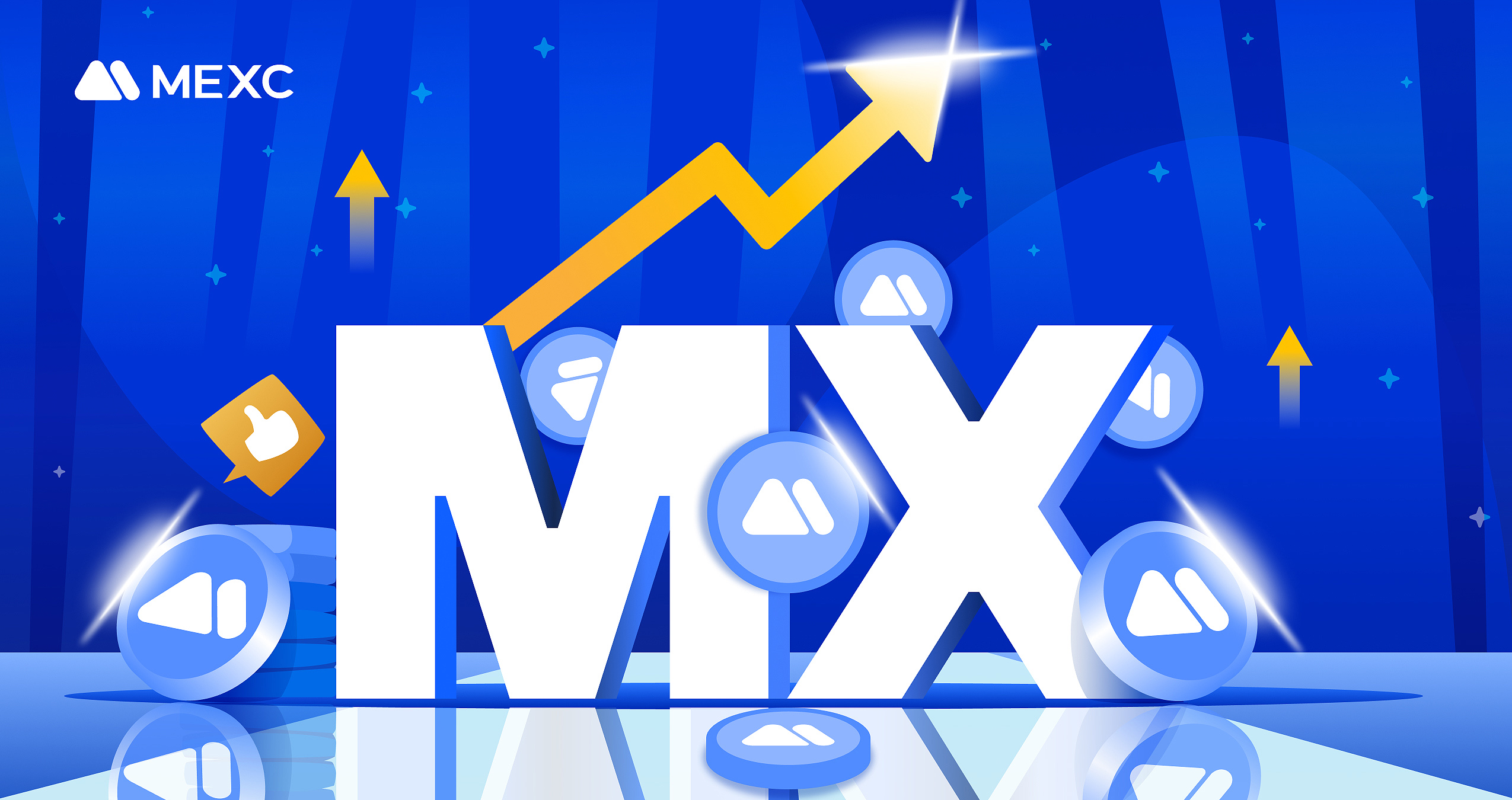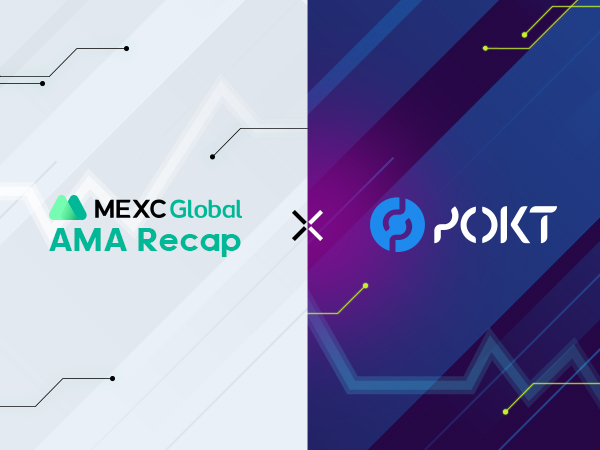Introduction
The Yala protocol aims to break down barriers between Bitcoin and the DeFi ecosystem, offering BTC holders a new way to earn yields without giving up control of their assets. By introducing a Bitcoin-backed stablecoin and adopting a multi-chain architecture, Yala connects Bitcoin liquidity with real-world asset (RWA) markets, unlocking capital efficiency while maintaining security and decentralization. Backed by a team of financial and blockchain experts and $8 million in seed funding, Yala marks a new chapter in Bitcoin DeFi infrastructure.
The founding team behind Yala includes former MakerDAO protocol architects, ex-Circle engineering leads, Microsoft cloud infrastructure experts, and derivatives traders from Capital One—a rare blend of traditional finance expertise and cutting-edge blockchain innovation. The startup successfully raised $8 million in a seed round co-led by Polychain Capital and Ethereal Ventures, solidifying its position at the forefront of Bitcoin DeFi innovation.
Key Takeaways
- Bridging Bitcoin and DeFi: Yala enables Bitcoin to directly participate in DeFi and RWA yield mechanisms without cross-chain bridges or custodial risks, ensuring full security and asset sovereignty.
- Native Stablecoin Architecture: Yala issues the YALA stablecoin, backed by an over-collateralization model and powered by MetaMint cross-chain technology, integrating Bitcoin into multi-chain ecosystems.
- Three Pillars of Security and Scalability: Minimal-trust architecture, institutional-grade yield strategies, and fully transparent risk management systems.
- Elite Team and Strong Backing: Core members hail from MakerDAO, Circle, Microsoft, and traditional finance, with $8 million in seed funding from Polychain Capital and Ethereal Ventures.
- Ecosystem and Governance Roadmap: The YALA token powers governance and incentives, with early access already available on the MEXC platform.
1. Project Overview and Mission of Yala
1.1 Core Vision and Philosophy
Yala’s mission is simple: to enable Bitcoin to generate yield without sacrificing user sovereignty. The protocol addresses a fundamental contradiction in crypto: Bitcoin, the largest store of value in the ecosystem with over $600 billion in market cap, generates little to no yield. Meanwhile, emerging blockchain networks support complex smart contracts and DeFi protocols with native yield-generation mechanisms.
The name “Yala” comes from Sanskrit, meaning “dwelling” or “place of rest,” symbolizing the protocol’s vision—to provide a secure and stable foundation where Bitcoin can work efficiently for its holders. Rather than forcing users to move their BTC across platforms and assume custodial risks, Yala builds the infrastructure that lets Bitcoin earn yield while remaining fully under the user’s control.
1.2 Filling the Market Gap
The Bitcoin network is widely regarded as the cornerstone of blockchain technology, laying the groundwork for today’s entire decentralized ecosystem. By establishing core principles like cryptographic security and distributed consensus, Bitcoin created the first trustless and secure digital asset system. However, its conservative upgrade path and limited programmability lead to major opportunity costs for BTC holders.
Traditional Bitcoin yield strategies typically require users to:
Hand over private keys to centralized custodians
Bridge Bitcoin to other networks, introducing smart contract risks
Lend via third-party platforms, assuming counterparty risk
Compromise on Bitcoin’s most valuable property—its unmatched security
Yala solves these trade-offs by building a protocol that preserves Bitcoin’s security model while unlocking access to DeFi protocols and the multi-trillion-dollar RWA (real-world asset) market.
1.3 Strategic Positioning
Yala is building foundational infrastructure to help Bitcoin break out of isolation and enter the $100+ trillion RWA market safely and sustainably. This strategic positioning places Yala at the intersection of several powerful market trends:
Bitcoin Institutionalization: As institutional interest in BTC grows, so does the demand for yield-generation strategies.
DeFi Maturation: DeFi protocols are becoming more robust, offering attractive and sustainable returns.
RWA Tokenization: Real-world assets are increasingly being tokenized, unlocking new yield opportunities.
Cross-Chain Infrastructure: Multi-chain strategies have become key to enhancing capital efficiency.
2. Yala’s Technical Architecture and Innovations
2.1 Yala’s Three Pillars
Yala is built on three core pillars:
Security by Design: Users’ BTC always remains on the Bitcoin blockchain. Yala uses a minimal-trust architecture to unlock utility without introducing custodial risk.
Institutional-Grade Access: Gain exposure to professionally managed RWA yield opportunities traditionally reserved for high-net-worth individuals and institutions.
Transparent Risk Management: All strategies are backed by verifiable collateral with auditable performance—no black boxes, no hidden risks.
2.2 Pillar One: Security-First Architecture
Yala’s security model represents a major leap forward for Bitcoin DeFi. Unlike cross-chain solutions that wrap or lock BTC into smart contracts on other networks, Yala maintains Bitcoin’s native security properties through a minimal-trust design. It leverages Bitcoin’s robust consensus while extending functionality via carefully engineered cryptographic proofs and economic incentives.
Key elements of the architecture include:
Native BTC Integration: Direct interaction with Bitcoin’s UTXO model
On-Chain Cryptographic Validation: All actions are verifiable on-chain
Minimal Trust Assumptions: Reduced reliance on third-party validators or bridges
Collateral Safeguards: Over-collateralization to mitigate market volatility
2.3 Pillar Two: Institutional-Grade Access
Unlike typical DeFi protocols, Yala is built with institutions in mind. By offering access to professionally managed RWA strategies, it opens the door for retail users to tap into investment opportunities previously limited to high-net-worth individuals and institutional investors.
Expert-Managed Strategies: Curated by seasoned fund managers
Regulatory Compliance: Adheres to applicable legal frameworks
Due Diligence: Institutional-grade vetting of yield sources
Performance Transparency: Clear reporting of strategy results and fees
2.4 Pillar Three: Transparent Risk Management
Transparency is central to Yala’s risk philosophy. All strategies are backed by verifiable collateral, with performance data available for audit, empowering users to make informed decisions. Transparency features include:
Open-Source Protocols: Core smart contracts are publicly auditable
Real-Time Monitoring: Ongoing tracking of collateral ratios and performance
Risk Indicators: Clear visibility into risk factors and potential impact
Community Governance: Decentralized decision-making for protocol parameters
2.5 MetaMint: Protocol Innovation
MetaMint allows stablecoins to be minted directly on target chains from the Bitcoin mainnet. It is Yala’s most significant technical breakthrough, enabling seamless interaction between Bitcoin and multi-chain DeFi ecosystems without traditional cross-chain bridges.
MetaMint operates through the following components:
Cross-Chain Validation System
A cryptographic bridge between the Bitcoin and target chains validates BTC transactions and balances without moving BTC off-chain.
SPV Proofs: Simplified Payment Verification for BTC transaction inclusion
Merkle Tree Verification: Cryptographic proof of Bitcoin blockchain state
Multisig Scheme: Distributed validation across multiple nodes
Timelock Mechanism: Ensures sufficient settlement window for cross-chain actions
Dynamic Collateral Engine
The over-collateralization model adjusts automatically based on market conditions to maintain YU stablecoin stability while maximizing capital efficiency. Engine inputs include:
Volatility Metrics: Real-time BTC price fluctuation analysis
Liquidity Conditions: Depth and volume across markets
Historical Performance: Stability trends and stress-test outcomes
External Risk Factors: Broader market correlations and macro risks
Modular Protocol Framework
Yala retains Bitcoin’s decentralization and security while introducing a modular architecture. YU stablecoin acts as both the medium of exchange and a store of value. This design enables adaptability and growth while preserving core protections.
Modular architecture components:
Core Protocol Layer
BTC Integration Module: Interfaces directly with the Bitcoin blockchain
Collateral Management System: Maintains healthy collateral ratios automatically
Liquidation Engine: Manages risk and position liquidations
Oracle Network: Reliable price feeds and external data integration
DeFi Integration Layer
Multi-Chain Connectors: Interfaces for multiple blockchain networks
Protocol Adapters: Integrations with various DeFi platforms
Yield Aggregation: Optimization across multiple sources
Strategy Management: Automated deployment and management of yield strategies
User Interface Layer
Web App: Intuitive protocol interaction
API Infrastructure: Developer tools and integrations
Mobile Support: Cross-platform access
Analytics Dashboard: Real-time performance and risk monitoring
3. YALA Token: Governance and Ecosystem Utility
3.1 Tokenomics and Distribution
Yala adopts a multi-token system designed to enhance cross-chain Bitcoin liquidity. At the core is YALA, the governance and utility token of the Yala ecosystem. YALA empowers holders with both economic benefits and governance rights, playing a central role in protocol operations and decision-making.
3.2 Token Utility Framework
YALA integrates a variety of utility functions across governance and incentives:
Governance Rights
Protocol Parameters: Vote on key metrics such as collateral ratios and liquidation thresholds
Strategy Approval: Community approval for new yield strategies and RWA integrations
Treasury Management: Decide on treasury allocation and spending
Upgrade Proposals: Vote on protocol upgrades and new feature implementations
Economic Incentives
Fee Sharing: Protocol fees distributed to YALA stakers
Boosted Yields: YALA holders receive enhanced returns when using Yala services
Liquidity Mining: Earn rewards for providing liquidity to YALA markets
Insurance Participation: Access to protocol insurance coverage and related benefits
3.3 Token Distribution Strategy
The distribution of YALA tokens follows a carefully structured timeline to ensure long-term sustainability and community alignment:
| Category | Allocation | Vesting Plan |
| Investors | 15.98% | 1-year lock-up, followed by quarterly vesting over 18 months |
| Ecosystem & Community | 20% | 45% unlocked at TGE (Token Generation Event), remaining vested linearly over 24 months |
| Foundation & Treasury | 29.12% | 30% unlocked at TGE, 1-year lock-up, then remaining vested linearly over 36 months |
| Marketing | 10% | 20% unlocked at TGE, 1-year lock-up, then remaining vested linearly over 24 months |
| Team | 20% | 1-year lock-up, then linear monthly vesting over 24 months |
| Airdrops | 3.4% | Fully unlocked at TGE |
| Market Makers | 1.5% | Released according to market-making agreement |
4. How to Buy YALA Tokens on MEXC
The Yala protocol represents a paradigm shift—enabling Bitcoin holders to engage with the broader financial ecosystem while preserving Bitcoin’s core strengths: security and sovereignty. By combining over-collateralized stablecoins, cross-chain infrastructure, and institutional-grade yield strategies, Yala fills a critical gap in the crypto market.
The YALA token is now listed on MEXC, offering early access to a high-potential emerging sector. To get started, follow these steps:
1) Log in to the MEXC App or official website
2) Search for “YALA” in the search bar and select the YALA Spot trading pair
3) Choose your order type, enter the quantity and price, and complete the trade.
CTA: Buy YALA Now
Recommended Reading:
Best Crypto Exchange to Buy and Sell Bitcoin (BTC) in 2025
What is PUMP Coin? Complete Guide to PumpBTC Airdrop, Price & Investment
What is Caldera Crypto (ERA Token)? Complete Guide to Ethereum’s Metalayer
Disclaimer: The information provided in this material does not constitute advice on investment, taxation, legal, financial, accounting, or any other related services, nor does it serve as a recommendation to purchase, sell, or hold any assets. MEXC Learn offers this information for reference purposes only and does not provide investment advice. Please ensure you fully understand the risks involved and exercise caution when investing. MEXC is not responsible for users’ investment decisions.
Join MEXC and Get up to $10,000 Bonus!



